By the time writers find themselves writing the ending to their story, they are 80,000 words—if not more—into their story. After months or years of getting their story on paper, writers may feel burned out, ready to be done, and wanting to be onto their next project. The downside of that, however, is that a novel’s ending needs a lot of attention to avoid leaving readers dissatisfied or thinking the writer took an easier route to tie the plot points together.
The ending needs to be just as strong—or stronger—than the beginning. So, if you’re feeling burned out before you reach the climax of your story, take some time away from your manuscript before forging ahead into the end. You may think your readers won’t know you sputtered out, but they will.
Once you feel good and ready to dive into your ending, keep these tips in mind:
Avoid ending with cliché, internal monologue.
The ending that depicts the main character staring off into the sunset, giving herself one last pep talk before “The End” appears on a blank page is not the book ending any reader desires. It’s a lazy way for authors to end a book and it should be avoided.
Instead, find a creative and engaging way to leave readers in awe as they close your book. Make them miss your story and your characters when they are finished.
About that happy ending.
As the writer of your story, you get to choose whether your characters get a happy ending or not. With that said, however, romance novels do need to show the love interests happily together in the final chapter. Other than that, you have free reign over just how happy—or not—your characters get to be.
The protagonist must be changed somehow.
Your main character must be different somehow than how readers found him or her. If you’re struggling to find your protagonist’s growth point, go back to the beginning and remind yourself of the person your main character was in chapter one. Then, decide how you ultimately want the character to be changed in the end. Did your main character set out on a solo backpacking journey to find herself? In the end, how did that trip change her? Was she better from it? That growth or maturity point should be shown.
Mirror your opening point.
To bring your story—and your protagonist—full circle, mirror your closing scene to your story’s opening scene. If your main character set out on a road trip in chapter one, bring him back home in the end. If she was searching for her blood grandparents in chapter one, show her with whoever she realizes to be her true family in the end.
Tie together all loose ends.
Make sure your main plot and all your subplots come together at the end. Leave no questions unanswered for readers.
What about a sequel?
If your novel will be part of a sequel, you do need to keep in mind that you still must tie together all the plot points in your current book, as mentioned above.
To create a seamless continuation into the next book of the series, you have to start building a new plotline toward the end of your novel. It should be subtle—like a nation on the verge of an uprising, for example—to intrigue readers. This subtle plotline, however, should not become too developed that it will leave room for too many questions, but it should be interesting enough so readers want to wait for your next book in the series. Do you like writing book endings or do they stress you out? Visit Pushing Through the Middle for tips on writing the middle of your book.
Discover more from Mill City Press
Subscribe to get the latest posts sent to your email.




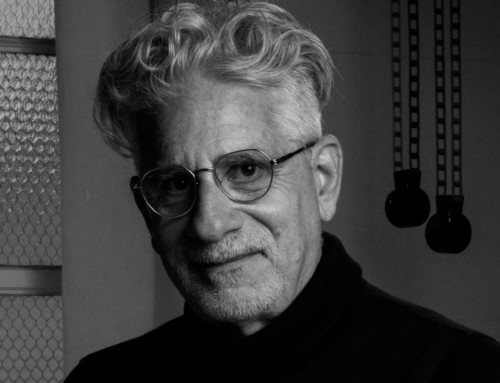

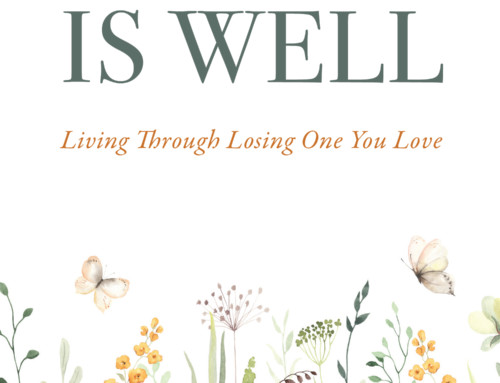


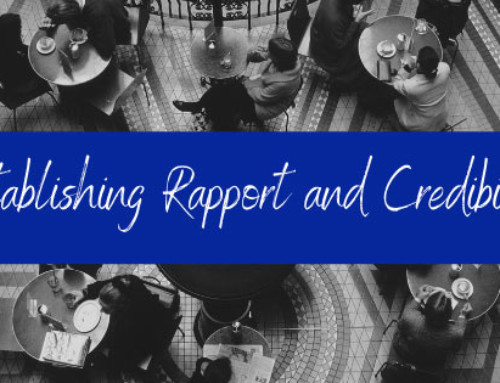

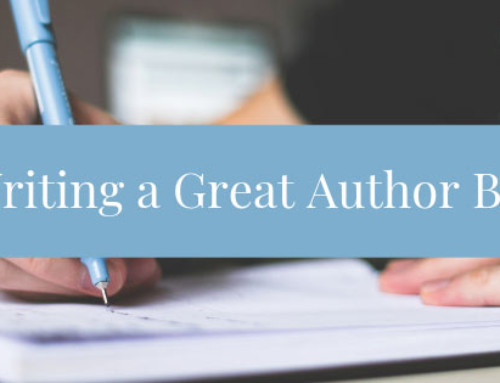

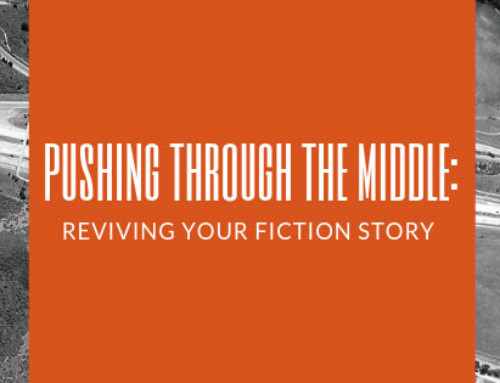
Leave A Comment